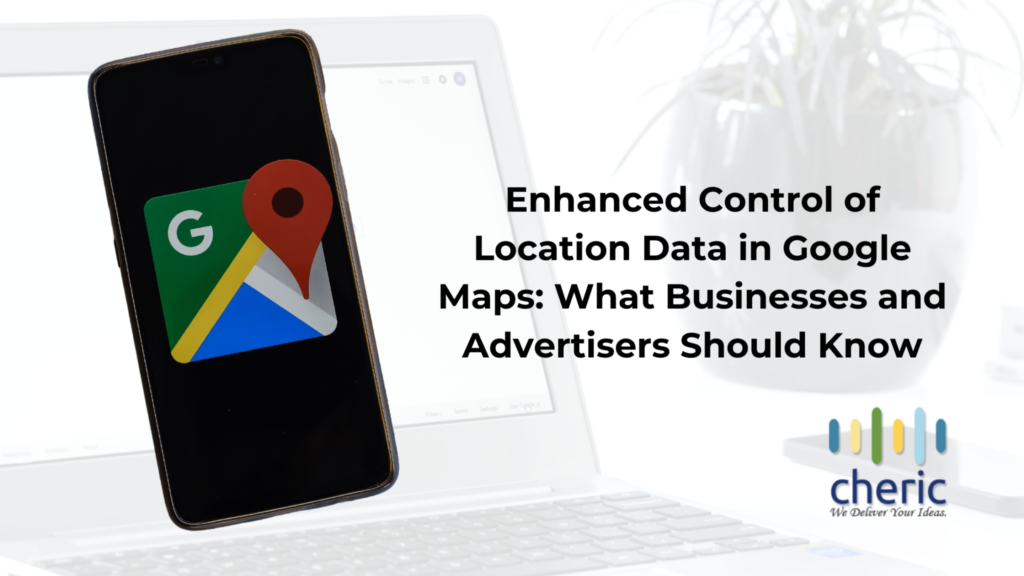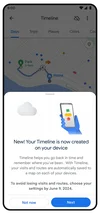
Download Social Media Calendar Template Now!
Sign Up
Introduction:
Discover how the upcoming changes to Google Maps’ location data controls could impact analytics data for businesses and advertisers. With the introduction of on-device Timeline storage and new map controls for easy deletion of location-based activities, Google Maps is taking steps to enhance user privacy and provide greater control over location data storage and recent activity.
Timeline Storage On Local Device:
Google Maps’ Timeline feature, which helps users recall their past locations, is receiving a significant privacy-oriented update. Users who have Location History turned on will now have their Timeline stored directly on their devices, offering them greater autonomy and the assurance of privacy. For those concerned about device loss or transitioning to a new phone, the option to backup their Timeline to the cloud is available.

Impact On Marketers:
The move towards on-device storage and deletion tools could limit the amount of user location data accessible for ad targeting. This may potentially impact campaigns that heavily rely on location-based targeting. Marketers should be prepared to adapt and find alternative strategies to maintain effective location-based advertising.
Updated Location History Controls:
In response to user demands for greater control over their location data, Google Maps now allows users to activate the auto-delete function for Location History. By default, location data will be retained for three months, a significant reduction from the previous default of 18 months. Users can also customize this option to retain location data for a longer period or turn off location tracking altogether.
Impact On Marketers:
Users’ growing caution towards sharing their location data may result in changes in search behavior, potentially affecting the effectiveness of location-based keywords and ad copy. To resonate better with users, marketers should consider emphasizing user privacy and control. Highlighting opt-in features for location sharing or transparent data usage policies can help build trust and encourage users to engage with location-based services.
Delete Recent Activity In Location History:

In the coming weeks, Google Maps will introduce support for managing location information related to specific places directly within the app. Furthermore, the blue dot on Google Maps, representing the user’s current location, will now serve as a quick access point to location settings. With a simple tap, users can check if Location History or Timeline is activated and whether Maps can access their device’s location data. This feature provides convenience for shopping or planning surprises while allowing users to cover their digital tracks.
Impact On Marketers:
If the changes to Google Maps decrease available location data, contextual targeting based on user interests and online behavior may become more vital for marketers. They should focus on understanding their target audience’s preferences and behaviors, tailoring their campaigns accordingly.
Conclusion
Enhanced Control of Location Data in Google Maps: What Businesses and Advertisers Should Know.These updates from Google Maps signify the company’s steadfast commitment to user privacy and its determination to offer enhanced control over location data. These changes, gradually rolling out over the next year on Android and iOS, will have implications for businesses and advertisers, requiring them to adapt their strategies accordingly. By staying informed and proactive, marketers can continue to leverage the power of location-based targeting while safeguarding user privacy.

